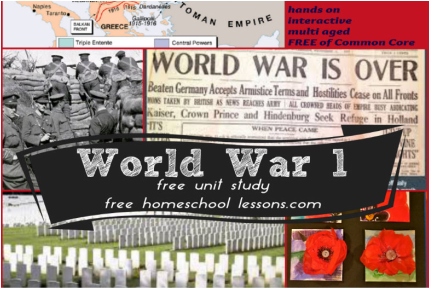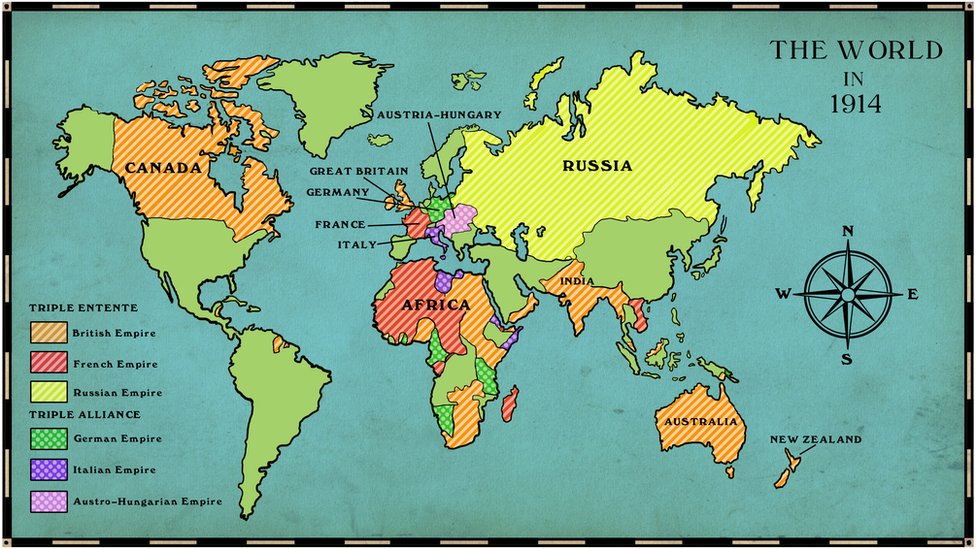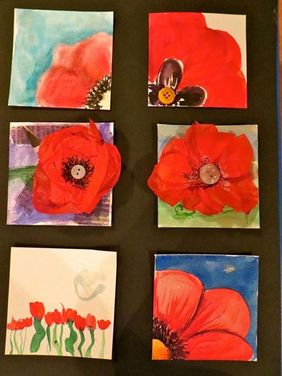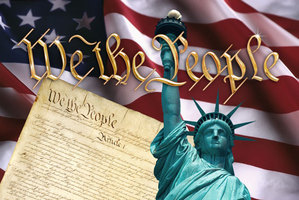- Home
-
History
- ANCIENT HISTORY
-
AMERICAN HISTORY
- Colonial American History Unit Study
- Ame Rev teacher 9 week Unit Study
- Constitution and the Bill of Rights Unit Study
- The First 5 Presidents
- Little House on the Prairie Unit Study
- Gold Rush: Sutter's Fort
- 1900's in American History
- Slavery in America
- Civil War unit
- Westward Expansion Pioneers
- Immigration Unit Study
- The Great Depression & The Dust Bowl
- Martin Luther King Jr Lessons
- WORLD HISTORY
- Literature
-
Geography
-
Science
-
HIGH SCHOOL
- List of FREE Unit Studies
- Common Core Talking Points
- Terms of Use
- Career Exploration
- Reflections
- Home
-
History
- ANCIENT HISTORY
-
AMERICAN HISTORY
- Colonial American History Unit Study
- Ame Rev teacher 9 week Unit Study
- Constitution and the Bill of Rights Unit Study
- The First 5 Presidents
- Little House on the Prairie Unit Study
- Gold Rush: Sutter's Fort
- 1900's in American History
- Slavery in America
- Civil War unit
- Westward Expansion Pioneers
- Immigration Unit Study
- The Great Depression & The Dust Bowl
- Martin Luther King Jr Lessons
- WORLD HISTORY
- Literature
-
Geography
-
Science
-
HIGH SCHOOL
- List of FREE Unit Studies
- Common Core Talking Points
- Terms of Use
- Career Exploration
- Reflections
OUR UNIT STUDY WEEKLY GUIDE
World War I (WWI) was a global war centred in Europe that began on 28 July 1914 and lasted until 11 November 1918. It was predominantly called the first World War. Find a huge collection of World War I homeschool resource links, including lessons, worksheets, downloads, and and multi media to help all types of learning styles enjoy history lessons. The majority of the links are free!! There are a few high quality resources that shouldn't be missed! We will share our reviews of these materials as we study World War 1 in a one room school house fashion. Included is our actual weekly unit study guide using online free resources teaching students grades 3 - 10th. *not all resources will be used for younger students.
Week 1
|
|
Week 4
Weapons of World War 1
|
**we will be using Home School In the Woods Resource Now let's talk about the weapons they used in the World War World War I - Fighting on the Front WWI was different from previous wars because soldiers used efficient weapons like machine guns, artillery, tanks and air force. Military operations began in three major areas in Europe - the western front (France/Belgium), the eastern front (Russia) and the southern front (Serbia). Many of the deadliest battles occurred during WWI, including Ypres, Vimy Ridge, Somme and Gallipoli. Although thousands and thousands of soldiers died during these battles, they were all turning points for the Allied Forces in helping them win the first world war. On October 3, 1918, Germany requested a cease-fire. The war ended on the 11th hour of the 11th day of the 11th month, when the warring parties signed the Armistice and agree to stop Fighting. .Rifle The main weapon used by British soldiers in the trenches was the bolt-action rifle. 15 rounds could be fired in a minute and a person 1,400 metres away could be killed. Machine Gun Machine guns needed 4-6 men to work them and had to be on a flat surface. They had the fire-power of 100 guns. Large field guns had a long range and could deliver devastating blows to the enemy but needed up to 12 men to work them. They fired shells which exploded on impact. Youtube Video: Machine Gun Gas The German army were the first to use chlorine gas at the battle of Ypres in 1915. Chlorine gas causes a burning sensation in the throat and chest pains. Death is painful - you suffocate! The problem with chlorine gas is that the weather must be right. If the wind is in the wrong direction it could end up killing your own troops rather than the enemy. Mustard gas was the most deadly weapon used. It was fired into the trenches in shells. It is colorless and takes 12 hours to take effect. Effects include: blistering skin, vomiting, sore eyes, internal and external bleeding. Death can take up to 5 weeks. Zeppelin The Zeppelin, also known as blimp, was an airship that was used during the early part of the war in bombing raids by the Germans. They carried machine guns and bombs. However, they were abandoned because they were easy to shoot out of the sky. Tank Tanks were used for the first time in the First World War at the Battle of the Somme. They were developed to cope with the conditions on the Western Front. The first tank was called 'Little Willie' and needed a crew of 3. Its maximum speed was 3mph and it could not cross trenches. The more modern tank was not developed until just before the end of the war. It could carry 10 men, had a revolving turret and could reach 4mph. Planes Planes were also used for the first time. At first they were used to deliver bombs and for spying work but became fighter aircraft armed with machine guns, bombs and some times cannons. Fights between two planes in the sky became known as 'dogfights' Youtube Video: Dog Fights, Red Baron, Computer Animation of Flights Torpedoes Torpedoes were used by submarines. The Germans used torpedoes to blow up ships carrying supplies from America to Britain. The Germans torpedoed the passenger liner Lusitania on May 1st 1915 which sank with a loss of 1,195 lives. Americans were outraged and joined the war in 1917 on the side of the allies. World War I - Life in the Trenches Most of the action took place in the trenches. They were dug deep into the ground in a zigzag pattern to protect soldiers from advancing enemies. Soldiers spent an average period of eight days in the trench, where they were constantly under threat of attack from shellfire, snipers and diseases. Soldiers experienced everything from Trench Fever (a painful infection caused by lice poop) to Trench Foot, which caused a fungal foot infection that could result in amputation! Read more: World War I | History | Allied Forces | Central Powers | Trench Warfare | Casualties | Armistice | Poppies | In Flanders Field http://www.kidzworld.com/article/5701-overview-of-world-war-i#ixzz3Jcqd0b8B Week 5
|
VETERAN'S DAY
|
|
|
DID YOU KNOW... Early American History Unit Studies
Colonial Times American Revolution Slavery in America Early American Native Nations / Native Americans Consitution and Bill of Rights 1st Five Presidents Westward Expansion | Pioneers | Pony Express Civil War Technological Revolution and American Innovation World War 1 (from an American Perspective) World War 2 (From an American Perspective) |




